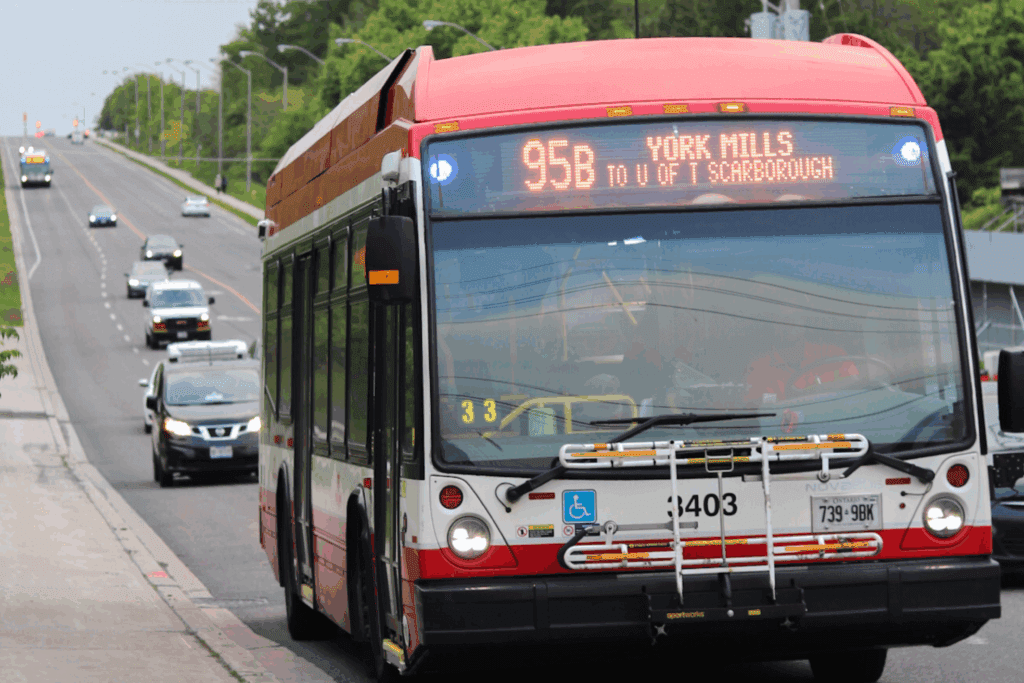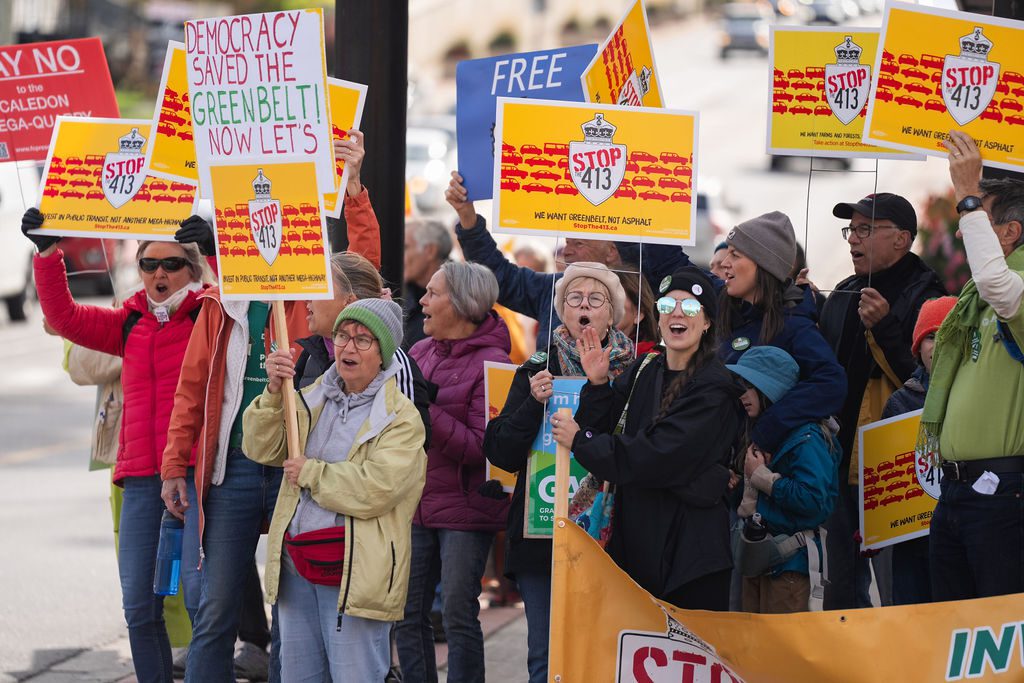The concept of induced demand is a fascinating phenomenon that challenges conventional wisdom about how we think about new highways. It suggests that building them can actually increase traffic congestion over time.
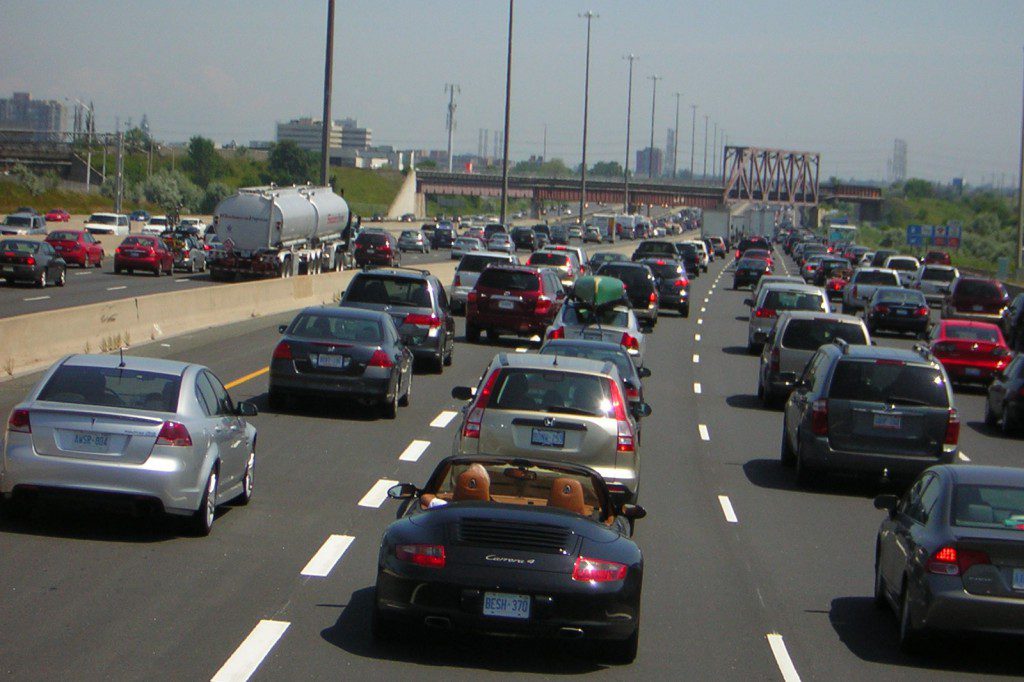 This counterintuitive idea has gained recognition among experts and has important implications for planning for our future transportation needs. So let’s delve into the concept of induced demand, examine its underlying mechanisms, discuss why the construction of the proposed highway 413 is likely to lead to worsening traffic gridlock….and look at some alternatives.
This counterintuitive idea has gained recognition among experts and has important implications for planning for our future transportation needs. So let’s delve into the concept of induced demand, examine its underlying mechanisms, discuss why the construction of the proposed highway 413 is likely to lead to worsening traffic gridlock….and look at some alternatives.
TAKE ACTION TO STOP HIGHWAY 413
Understanding Induced Demand
“Induced demand” refers to the increase in the use of a highway or highway network when its capacity is expanded. The premise is that when new highways are built or existing ones are widened, they initially provide relief to congested areas. However, the extra capacity attracts more drivers who were previously discouraged by traffic congestion. Over time, the increased number of drivers offsets the initial congestion relief, resulting in a return to or even a worsening of the previous traffic levels.
 The Mechanisms Behind Induced Demand
The Mechanisms Behind Induced Demand
Several factors contribute to induced demand. First, the construction of new highways reduces travel time, making driving more attractive for individuals who previously chose alternative modes of transportation or changed their travel patterns.
Additionally, new highways often lead to urban sprawl as they facilitate commuting between city centers and outlying areas. This, in turn, increases the number of vehicles on the road and adds to the overall traffic volume. This is a particular risk if Highway 413 is built, as the provincial government has also forced the designation of large areas of new suburban sprawl in the areas where it would travel through.
Another factor is the psychological phenomenon known as the “rebound effect.” When drivers experience reduced congestion and shorter travel times on newly built highways, they often change their behavior by driving more frequently, taking longer trips, or choosing routes that were previously avoided due to congestion.
These changes collectively contribute to the increased demand for road space and eventually lead to a return of congestion levels similar to those before the expansion.
 The Paradox of Building New Highways
The Paradox of Building New Highways
The paradox of building new highways is that they are often mistakenly seen as a solution to traffic congestion.
Governments and city planners commonly believe that constructing more lanes or building new roads will alleviate the problem by providing additional capacity. However, history and research have repeatedly shown that this approach does not address the root causes of congestion and can, in fact, make it worse. Nowhere is this more evident in the Greater Toronto Area (GTA) where decades of continuous highway construction and expansion have given rise to congestion that is rated the seventh worst on Earth.
One reason for this paradox is the concept of “triple convergence.” As new highways are introduced, traffic converges from three different sources:
- Drivers who previously chose alternative routes to avoid congestion
- Drivers who were travelling at different times to avoid peak hours
- Drivers who had been taking alternative modes of transportation
When a new route opens, these three groups reconverge onto the newly expanded highway, quickly filling up the additional capacity and eliminating any initial congestion relief.
Sustainable Solutions for Traffic Congestion
Addressing traffic congestion requires a more comprehensive and sustainable approach. Instead of solely relying on the construction of new highways, governments should focus on integrated transportation planning. This includes investing in public transit systems, promoting active transportation options such as cycling and walking, and implementing congestion pricing strategies.
 Investing in public transit not only provides an alternative to driving but also encourages a shift toward more climate friendly modes of transportation. Congestion pricing can help manage demand by charging drivers for road usage during peak hours, thereby incentivizing carpooling or using public transit.
Investing in public transit not only provides an alternative to driving but also encourages a shift toward more climate friendly modes of transportation. Congestion pricing can help manage demand by charging drivers for road usage during peak hours, thereby incentivizing carpooling or using public transit.
Regarding the proposed Highway 413, there are viable actions that could be taken to advance many of these solutions. For example, Brampton’s proposed Heritage Heights urban development would occur in place of the provincial government’s proposed Highway 413 in most of its western section. It would include cycling, sidewalks, public transportation as well as housing and business density that would make these alternatives to a highway financially viable.
Our regional GO rail system also currently serves Brampton and if frequent all day service was adopted it would help get more people out of their cars and into public transport.
Finally, the existing Highway 407 operates at a fraction of its capacity and follows a route only 15 km south of the proposed Highway 413. It is currently avoided by truck transport because of its very high tolls. However, it could accommodate much or all of the truck traffic that would one day end up on Highway 413, and some of that found currently on the 401, if these tolls were adjusted. The 407 is also bounded by a corridor that could be developed for an east-west LRT and freight path that would help to move goods and people across the region.
Implementing these solutions would give people and businesses viable ways to move effectively on public transport across the region which then would make congestion pricing more palatable. People are less likely to negatively react to paying for road tolls when they have viable alternatives in the form of frequent public transit..
Overall we have learned through experience that new or expanded highways only make congestion and gridlock worse. If we want a different future in the GTA we need to make different choices by building cities and towns that support transit, walking and cycling, investing in new public transit and by making the best use of the existing regional transportation infrastructure that we already have in place.
Building Highway 413 and low density suburban sprawl is completely at odds with that better future.




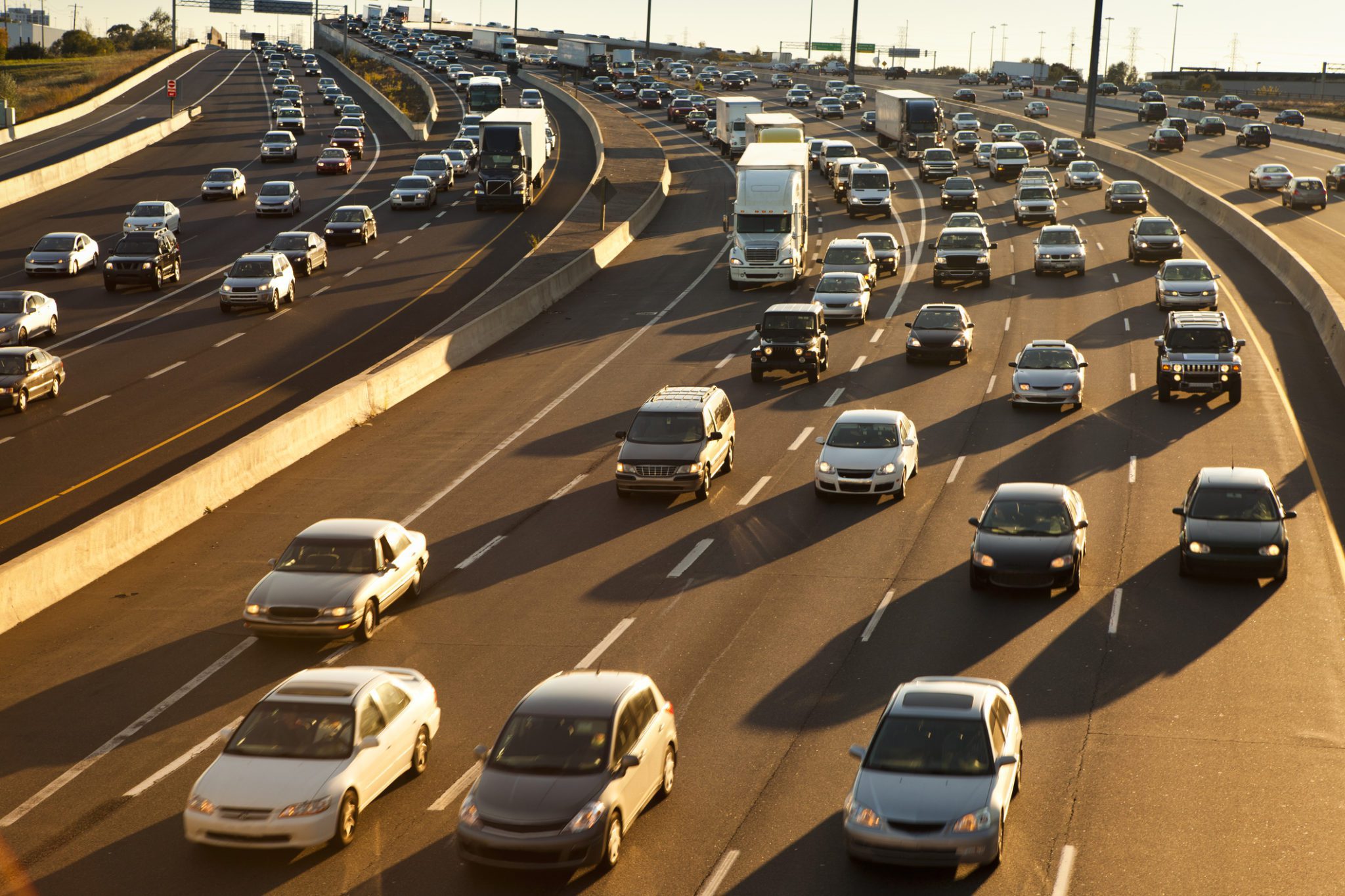


 The Mechanisms Behind Induced Demand
The Mechanisms Behind Induced Demand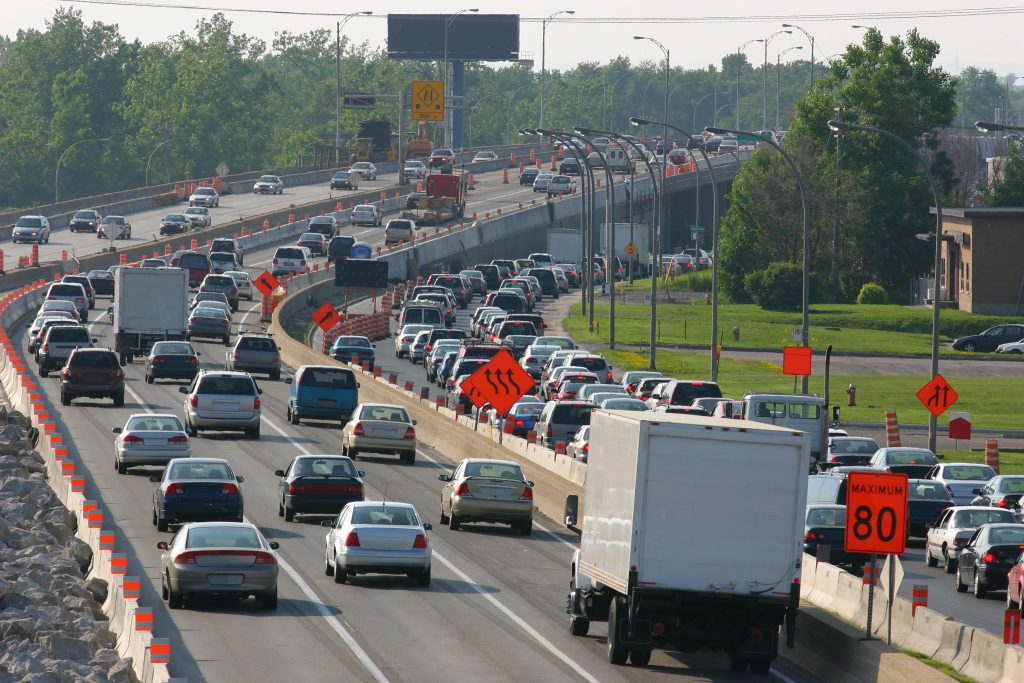 The Paradox of Building New Highways
The Paradox of Building New Highways